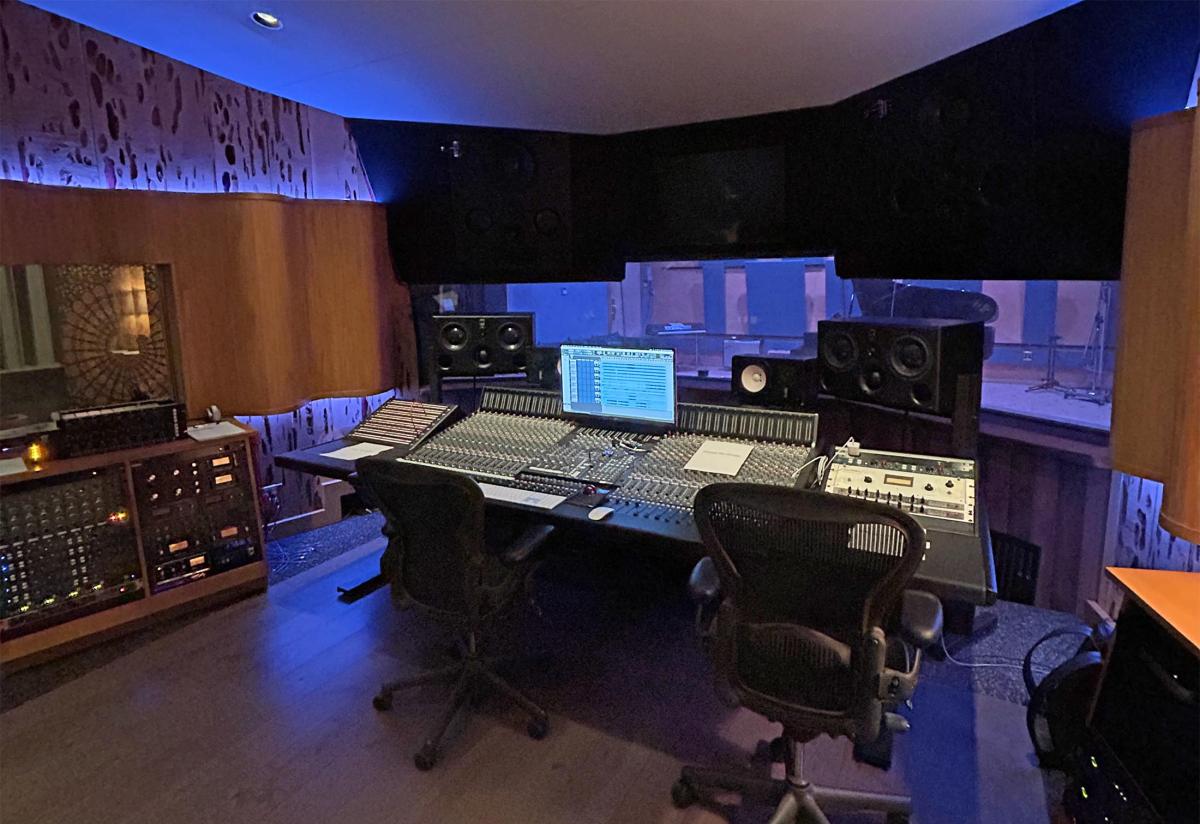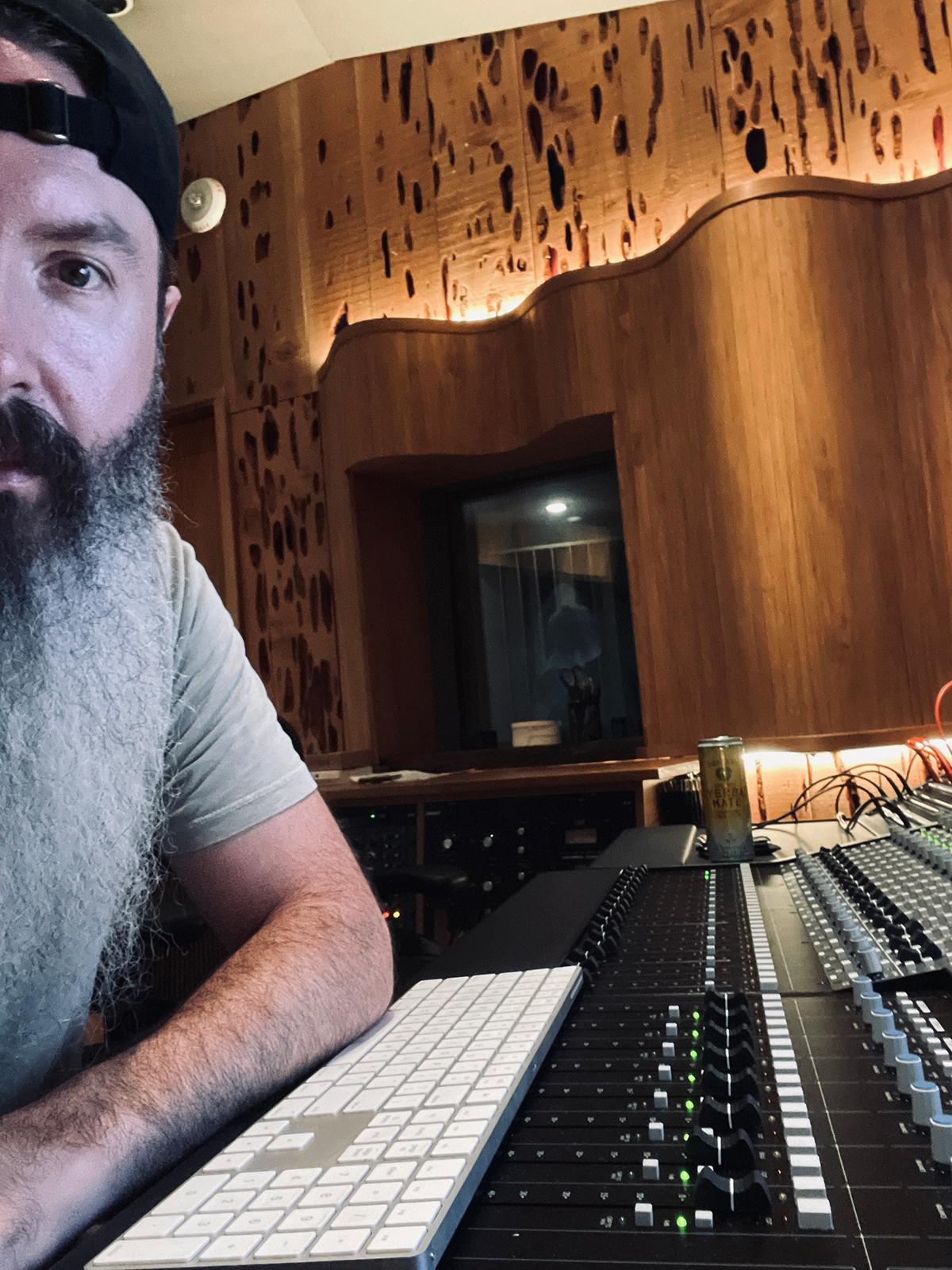The studio purchased the new ORIGIN as a turnkey package, including wiring looms and patchbays, from Sweetwater and sales tech Michael Grebe. “He flew out and worked with our tech to do the install,” Lewis says. “The process was seamless, and we had it up and running in about two days.”
Change is a constant at the complex, especially for Studio A, continues the Grammy Award-winning mix engineer and producer, whose credits include Justin Timberlake, Lizzo, Rhianna, Beyoncé and others. “About every 10 years this room got remodeled,” Lewis reports. The facility was built in Marin County, just north across the Golden Gate Bridge from San Francisco, as the last of Record Plant’s three locations, after New York City and Los Angeles. The iconic redwood-clad building where Stevie Wonder, Fleetwood Mac and Sly Stone recorded a number of classic albums came under new ownership about four years ago. Under Lewis’ guidance, the facility is now being restored to full operation with all-new technology and renovated interiors.
Lewis has a 500 Series rack currently installed in ORIGIN’s centre section, but ‘drops in’ a UF8 controller if additional faders are needed for automation duties. “I love the modularity, and I love that someone was smart enough to move the EQ section down so you can reach it without having to stand up and reach over the aux sends. And the routing matrix being located in the centre section is also fantastic,” he says of the bus assignment controls located in the master tile of the console.



